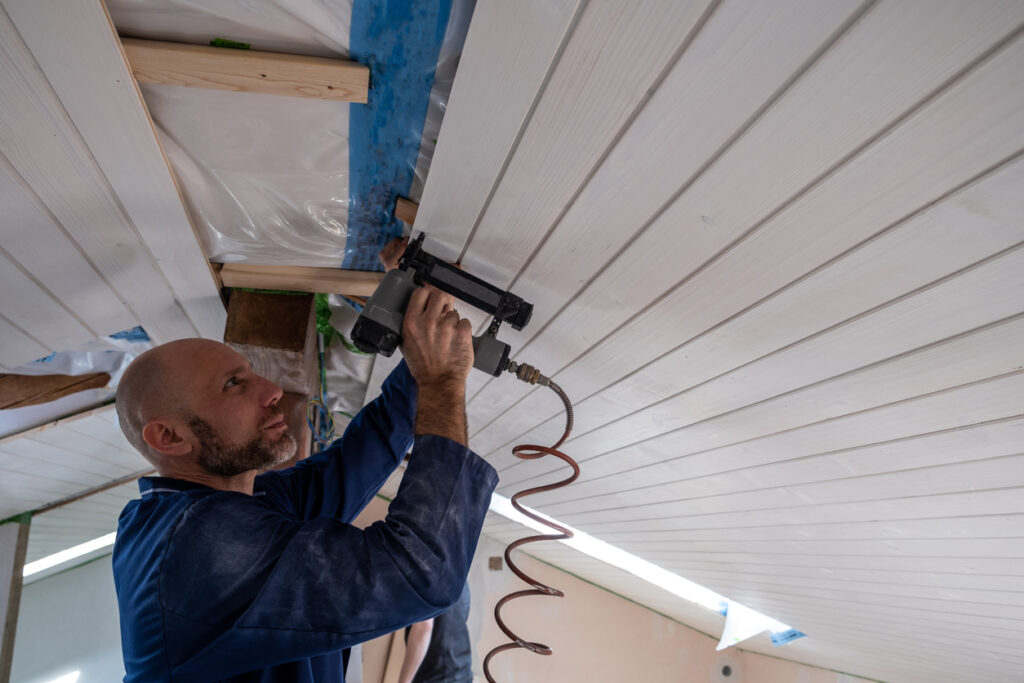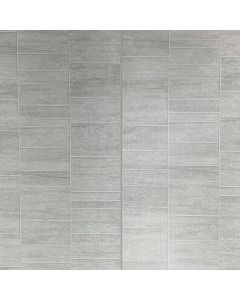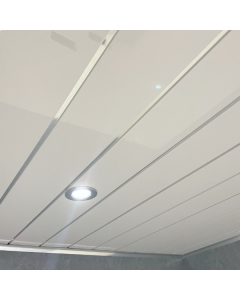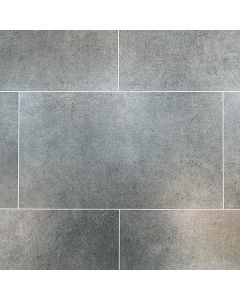Can You Use Wall Panels On The Ceiling?
If you’re a homeowner taking on a full interior makeover, you’ll be well aware of the time, effort and money that such a project takes, so we understand that anything you can do to simplify the process or keep down costs is always a bonus.
This is one of the many reasons behind the soaring popularity of tongue-and-groove wall panels. Not only do these decorative wall coverings look fantastic in every area of the home, but they offer durability, affordability, easy installation and are available in a wide variety of colours and designs, too.
With that in mind, it’s easy to see why many find themselves asking whether or not these wall panels are suitable for use on the ceiling, too. So, can you use wall panels on the ceiling? If not, what are the alternatives available to you?
Read on for our guide to using panelling to update the ceilings throughout your home, whatever your home space may be. From campervan cladding ideas, to the ceilings in a traditional house - DBS Bathrooms has something for you.
Why cover your ceiling?
Why might you look to cover your ceiling in the first place?
In many UK homes built or renovated during the mid-to-late 20th century, ceilings were finished using the surface coating product Artex.
While you may never have heard of Artex, chances are that you’ve certainly seen it – if your home features a ceiling with a textured finish, this design has likely been created using Artex.
While the coating enjoyed plenty of popularity for many years, it certainly had its drawbacks – the patterns featured on Artex ceilings made it difficult to cover up repairs when needed and some versions of the product even contained white asbestos.
These days, Artex ceilings are seen as old-fashioned and unappealing, potentially even turning off buyers if you’re looking to put your home on the market. With this in mind, an Artex ceiling is well worth covering up.
Secondly, whilst there’s nothing necessarily wrong with a plain white ceiling, it may seem a sharp contrast from the rest of the room after a recent update. Covering this in a way that matches the rest of your interior décor is a great way to tie the look together.
Whatever your reasons for wishing to cover your ceiling, the next step is to decide how.
Panelling vs. painting your ceiling
If you’re looking to cover your ceiling, why not just paint it?
First off, painting your ceiling can be both time-consuming and extremely messy. Attempting to take this particular task on as a DIY could prove very tricky and leave you with a fairly shoddy finish – this is one painting task left to the decorators, which then becomes costly.
Panelling, on the other hand, almost always results in a high-quality finish without the need to call in the decorators. With the right tools, you can install wall panelling yourself in just a few hours.
Of course, panelling your ceiling is slightly more difficult than panelling your wall but it’s a task that you can take on as a DIY project just the same.
Panelling also opens up your options in terms of design. Whilst painting will yield a plain and simple finish, panelling is available in a wide range of textures and designs – you’ve heard of accent walls, but how about an accent ceiling, created with one of our concrete effect wall panels or blue wall panels, for example, or stone effect wall panels?
Can I use wall panelling on the ceiling?
In short, yes – you can use wall panelling on the ceiling.
However, be aware that not all wall panelling is suitable for use on the ceiling. Given the variety of panels on the market, it will be no surprise that some are heavier than others.
Heavier wall panels are unsuitable for use on the ceiling as they are more likely to come unstuck and fall, something which could certainly prove dangerous at worst and may damage your furniture or décor at best.
Tongue and groove wall panels suitable for the ceiling include those made from foam, vinyl and PVC, all materials which are lightweight enough to be safely fixed to the ceiling.
You should be able to install the panels on the ceiling with the same tools and equipment you’d use to install them onto the wall – with the addition of a ladder, of course.
One thing to keep in mind is that you’ll need a strong adhesive in order to fix your panels to the ceiling securely, so be sure to select carefully.
However, keep in mind that repurposing wall panels for the ceiling does have its drawbacks.
One of many reasons that wall panels may be a less convenient option for covering your ceiling is the lack of given space for light fittings, which will of course need to be cut into the panels before they are fixed to the ceiling.
Alternatives to wall panels on the ceiling
At DBS Bathrooms, alongside our range of bathroom wall panels we also offer a wide variety of ceiling panels for use throughout your home.
Our PVC ceiling panels are simply and easy installed using the same tongue and groove design as our high-quality wall panels, making them a brilliant option for those looking to achieve a high standard home makeover finish without the need to call on professional decorators.
Browse our full ceiling cladding range now for a look at the high-quality panels on offer before requesting free samples or get in touch today for more information.

























